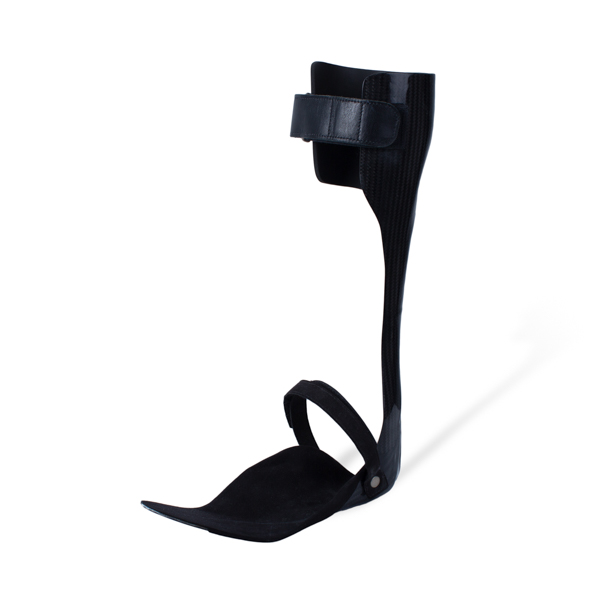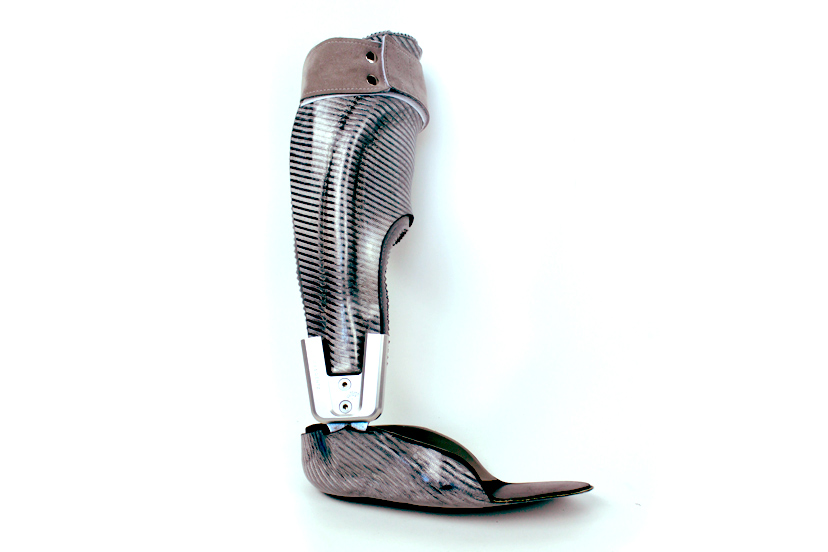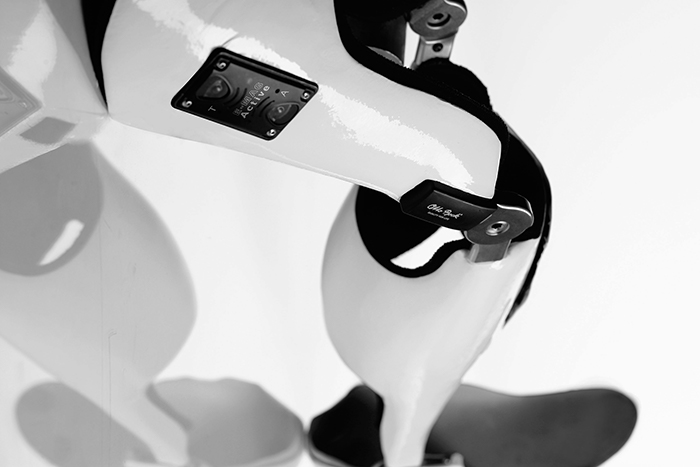A spinal cord injury (SCI) is damage to any part of the spinal cord or nerves at the end of the spinal canal. This causes temporary or more often permanent changes in strength, sensation and other body functions below the site of the injury.
There are two kinds of spinal cord injury - complete and incomplete. In a complete injury, a person loses all sensory and motor function. In an incomplete injury, there is some functioning below the level of the injury.
A SCI can occur as a result of trauma, such as a road traffic accident, severe assault, or fall from a great height. Diseases such as polio or spina bifida will also cause spinal injury. Depending on the severity of the injury, a person may make a full recovery or become completely paralysed.
Imaging using CT and MRI will be used to determine what level the spinal injury has occurred at.
A neurological examination will be undertaken to determine the physical deficits of the injury.
After a trauma, a patient will be treated in an acute setting to stabilise them before starting a specific programme of rehabilitation. This will include orthotic assessment and provision of appropriate orthoses.
In the acute phase of treatment following injury PRAFOs (pressure relieving ankle foot orthoses) may be prescribed to maintain the range of motion at the foot and ankle while a patient is in hospital. These can also reduce the risk of pressure sores.
Spinal injury patients require furthermore long term orthotic treatment during their rehabilitation and beyond. What is required will depend on the level of injury. Each patient must, therefore, be carefully assessed by one of our experienced clinicians to determine what orthotic treatment is best suited to them. This may include a gait assessment in our video vector Gait Lab to accurately assess dynamic movement. The range of treatments available include:

Above: Carbon fibre lightweight AFO

Above: Neuroswing AFO

Above: Ottobock E-mag KAFO
An AFO is an Ankle Foot Orthosis which as the name would suggest encompasses the ankle and foot. The objective is to control the position and movement of the ankle. AFOs are used to support weak limbs; they can also be used to immobilise the ankle and lower leg to correct foot drop. When set up correctly they can also have a great influence on the knee and hip joints. They are the most commonly used Orthoses.
The length of time that one needs to wear an AFO very much depends on the condition being treated. If it is a long-term condition like cerebral palsy or post-polio syndrome it is likely to be years as the condition cannot be cured. Your orthotist will advise you.
A patient’s comfort in their AFO is vital for compliance with the prescribed wearing regime.
So there are a number of steps the orthotist should take to ensure a comfortable fit: the patient’s heel should fit fully into the heel cup without excess space, the contours of the plantar surface of the AFO should match the patient’s foot, for children there needs to be up to half an inch growth room in the toe shelf length. At LOC we use our Gait Laboratories at our Kingston and Manchester clinics to fine-tune our bespoke orthotics.
A GRAFO is used to control instabilities in the lower limb by maintaining proper alignment of limbs and controlling their motion. It reaches around to the front of the knee extending down to the ankle. It works by altering a patient’s limb presentation to displace load and impact as well as offering further control to the knee.
The cost of an AFO is dependent on the type of AFO that has been prescribed and the material that it has been made with. Carbon fibre will be more expensive than metal or plastic for example. LOC’s bespoke AFOs cost can be found on our Orthotic Prices page.
The ability to drive while wearing an AFO is dependent on the condition being treated and the orthosis that has been prescribed. If wearing a hinged AFO, for example, you will be able to drive, but if wearing a knee brace, you won’t. Your orthotist will advise you.
The most flexible type of AFO is a Dynamic Ankle Foot Orthosis (DAFO). It is thin and provides flexible support to the foot and ankle.
Both normal AFOs and DAFOs improve static balance (eg: while standing). Research among MS sufferers suggests that DAFOs aided balance while walking more than AFOs.
The simple answer is: yes they can. However one has to be sensible and look for wide-fitting trousers/jeans preferably of light and thin material.
Typically an AFO is stiff and rigid whereas a DAFO is thin, flexible and wraps around the patient’s entire foot. A DAFO provides support but also allows some range of normal movement.
A Supra Malleolar Orthosis SMO gets its name from the part of the body it encompasses. Thus an SMO supports the leg just above the ankle bone or malleoli. It allows dorsiflexion and plantar flexion(toes up and toes down) but eliminates mediolateral movement.
It typically takes a few weeks but is slightly dependent on the chosen materials and current availability.

Sofia’s AFOs Help Her to Stand and Walk During Lockdown

LOC’s gait lab has helped Lilac to move independently

Sam Walmsley to explain OSKAR Framework to Neuro Conference 2021 Delegates

Meet John Turner – our Manchester Orthotics Lead

LOC to launch OSKAR Framework to CMSUK 2020 Delegates

OSKAR Clinic AFOs and gait laboratory are game-changers for cerebral palsy patient Austin

Cerebral palsy patient, Sophie, maintains independence during lockdown with LOC’s help